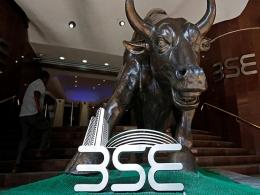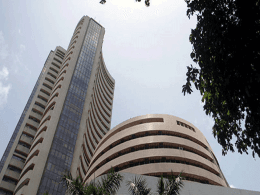India's retail inflation rate eased slightly in July, staying below the central bank's 4% medium-term target for a 12th straight month, strengthening views that there will be a policy rate cut in October.
Annual retail inflation in July was 3.15%, down from an eight-month high of 3.18% in June, but below analyst forecasts, data from the Ministry of Statistics showed on Tuesday.
A Reuters poll predicted an annual retail inflation rate for July of 3.20%.
The Reserve Bank of India last week lowered its benchmark interest rate for a fourth meeting in a row, by an unconventional 35 basis points to 5.40%. It projected inflation to remain at 3.4% to 3.7% during the October-March 2020 period.
Economists said the central bank could cut rates further, following subdued inflation amid growing concerns about economic slowdown.
"Retail inflation remains subdued, with most of the components indicating not much variation compared to the earlier periods," said Joseph Thomas, research head at Emkay Wealth Management.
Retail food prices, which make up nearly half of India's inflation basket, increased 2.36% in July from a year earlier, compared with an upwardly revised 2.25% in June. Food prices are likely to remain subdued after a pick-up in rainfall in several parts of the country, which will boost crops.
Core consumer inflation, which strips out food and fuel prices, was estimated between 4.47% and 4.6% in July, above 4.09% to 4.11% in June, according to two analysts who estimated from inflation figures released on Tuesday.
Retail inflation in India has eased sharply since a November 2013 peak of 12.17%, thanks to falls in prices of food and oil, as well as sluggish domestic consumer demand. Low inflation helped Prime Minister Narendra Modi win a second term in a landslide election victory in May.
While low inflation is helping the economy, declining farm incomes and record high unemployment have hit consumer demand and economic growth.
The inflation numbers suggested subdued demand conditions in the economy, said Garima Kapoor, an economist and vice president of Elara Capital in the financial capital of Mumbai.
"Some revival in consumption would begin to kick in as government spending gathers pace...We should begin to see gradual improvement in growth condition from January-March quarter onwards."
The government is worried about declines in private investment and a manufacturing slowdown, particularly the auto sector, which pulled the annual economic growth pace to a five-year low of 5.8% in January-March.
Separately, figures released on Friday showed industrial output increased 2% in June from a year earlier.
The RBI, which will hold its next policy review on Oct.4, has lowered its economic growth forecast for the current financial year ending March 2020 to 6.9% with a downward bias from an earlier forecast of 7%.







